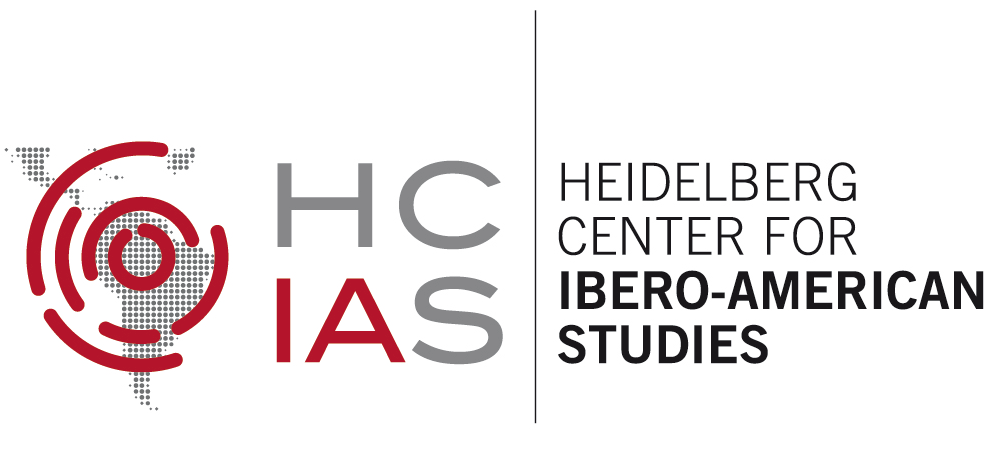Overlapping protected areas and other designations in Central Chile: A multiscale governance analysis
Identifiers (Article)
Abstract
The protected areas have four types of governance in multiple scales: government, private, community, and shared. However, the lack of coordination among these has hindered the effectiveness of nature heritage protection efforts. This issue becomes apparent when protected areas overlap with other designations, resulting in a variety of regulations and administrators. Chile’s central zone there is overlapping in different protection units seek to compatibility the urban and productive growth with the protection of natural heritage. The analysis of synergies and/or duplications in protected areas’ overlaps with a multi-scale governance approach was the focus of the study. For this, was combined SIG analysis and review governance and protected areas’ rule system using secondary information sources. The results show that, out of 40 protection units, there are 88 spatial overlaps. Reviewing the case of overlapping in Sanctuary Nature Cerro El Roble, some duplications found were: 1) redundant protection functions distributed in different government sections; and 2) the regulation system does not generate accumulative protection benefits when designations are overlapped. On the other hand, synergies were: 3) a combination of global, regional and/or local protections makes more visible the relevance of protecting. The shared governance between private, local and government agents can be seen as a synergy and duplicity to protection. It is recommended to develop mixed regulatory models that consider both state regulations at different levels and contributions from the private sector. In this point, is crucial to emphasize that overlap can be a beneficial strategy to create synergies, as long as the different protection efforts and interests among stakeholders are effectively coordinated and aligned.
Statistics

License

This work is licensed under a Creative Commons Attribution-ShareAlike 4.0 International License.



